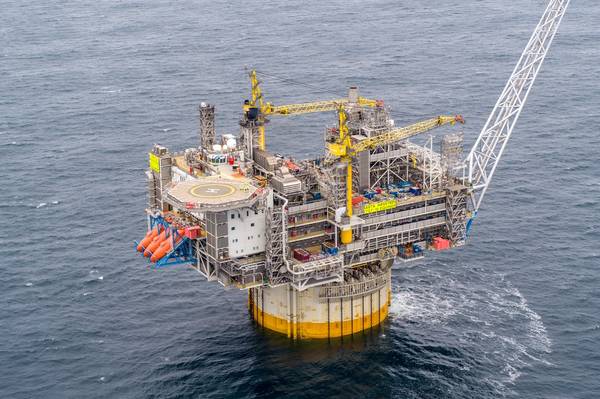
Autonomous installations have the potential to save operators money by enhancing operational stability for more uptime and increased safety. Achieving those benefits requires confidence from companies and regulators. Companies like ABB are part of the drive toward autonomy for topsides and subsea installations.
Some of the biggest cost savings in the oil industry have come in the facilities design and engineering phase with the move from manned facilities to remotely operated facilities to unmanned, says Håvard Devold, group vice president, Digital, ABB Oil, Gas & Chemicals lead. Even so, these installations still require someone at a central facility keeping track of operations.
“We are on a journey towards autonomous. Today, ‘autonomy’ involves dealing with expected and unexpected issues and only calling for assistance in the most critical of situations,” Devold says.
On a scale of one being not at all autonomous and five being highly autonomous, Devold estimates the oil and gas industry’s capability for autonomy is reaching stage four. Many technologies were needed to achieve this stage, including predictive maintenance, robotics and drones, digital twins and artificial intelligence.
Moving the industry to stage five is no one-size-fits-all task, says Susan Peterson Sturm, digital lead for ABB’s overall Energy Industries business. The risk associated with the specific operations and the variables in the processes are major factors. Barrier management is crucial, she says, with management performance operations such as dashboards of safety systems an enabling technology for actionable data historically “stuck in the realm of spreadsheets.”
Condition monitoring systems pair with predictive maintenance to bring the industry one step closer to full autonomy. ABB implemented a condition monitoring system at Equinor’s Aasta Hansteen project in 1,300 meters of water in the Norwegian Sea. The system monitors more than 100,000 maintenance conditions from more than 4,000 pieces of equipment, with tools for alarm management and alarm rationalization, delivery of several safety critical applications, data storage solution to store all alarms and events easily, and third-party system integration of essential data traffic.
“There is a tremendous amount of value of taking that risk, and those indicators from the field, to give real-time visibility, and in coupling it with maintenance-related risk,” she says.
Devold says autonomous operations will reduce operational expenditure and the carbon footprint of a project, and any re-engineering carried out in the name of autonomy will likely improve processes and help reduce shutdowns.
For the industry to buy into fully autonomous operations, there must be confidence that the operations are safe and that the equipment can deal with problems, he says.
One of the reasons is that when something catastrophic goes wrong, it’s typically not the result of a single problem, but a cascade of issues that “gang up” on the system and overwhelm it, he says. As a result, it’s important that people continue to feel in control and that the system is able to trigger human intervention if needed.
As an example involving ABB, he cited the ice-class passenger ferry Suomenlinna II, which was remotely piloted late last year through a test area near Helsinki harbor. That run showed human oversight of vessels from anywhere is achievable with current technologies.
“It’s autonomous, and it can do it,” Devold says, “but there was still a guy on there and an e-stop button, for peace of mind and reassurance a person can take action if needed. This is a step forward as we move toward true autonomy.”


